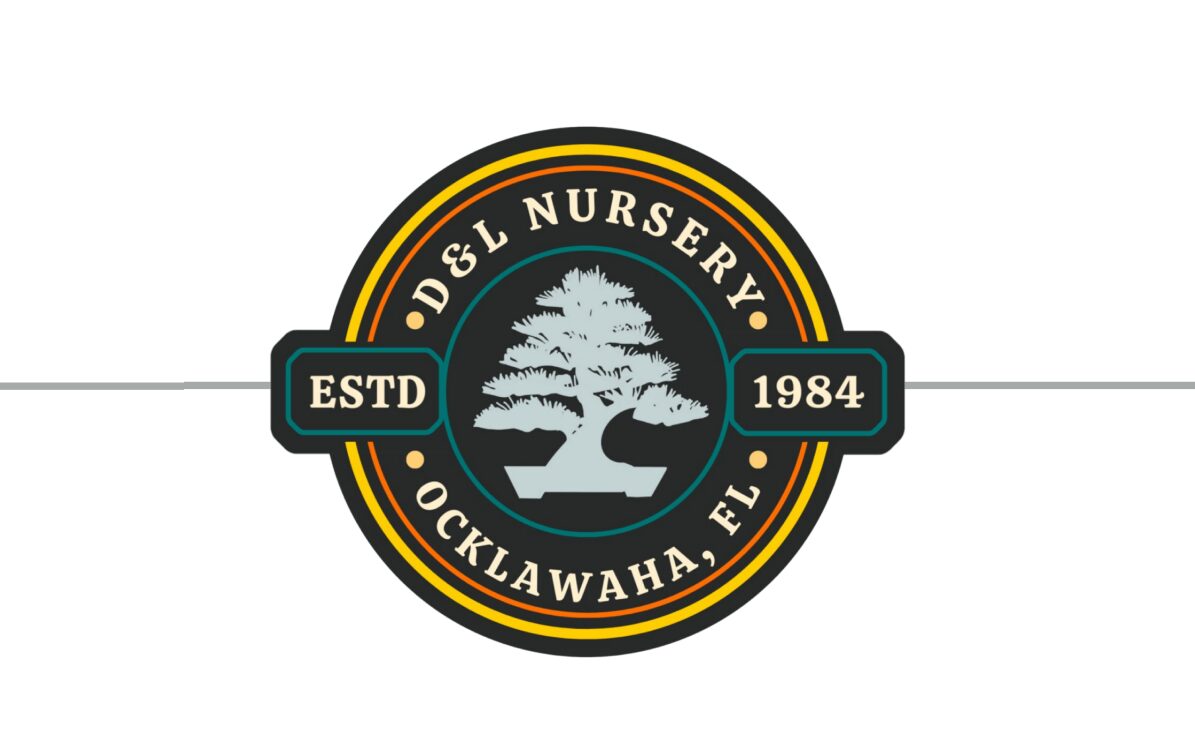Common Name: Tamarind
Scientific Name: Tamarindus indica
Characteristics
- Bark – light to dark brown / very fissured - increases with age
- Branches – flexible or resistant with age / cantilever / droopy
- Leaves – alternate / oblong / even-pinnately compound / medium to dark green
- Flowers – orchid like / pale yellow with red veins / non-fragrant
- Fruit – pod / seed is edible
Growing Conditions
- Air – good air circulation / dry or humid environment
- Sun – morning to midday sun is best / good sun promotes smaller leaves
- Water – moist not wet - dry down not dry out / morning to midday is best / new leaves increase transpiration
Maintenance
- Roots – Repotting is best when night temperatures are consistently above 60 degrees. Healthy trees can heavily pruned. Well-draining soil. Protect from sun for 2 weeks after root pruning.
- Trunk – Properly clean and protect large cuts from moisture as cuts can be slow and/or difficult to heal. Watch for wire scarring. Healthy trees can be heavily reduced.
- Branches – Branches become more brittle and difficult to bend with age. Use wire to set initial primary and/or secondary branch structure where applicable. Watch for wire scarring. The clip-n-grow technique is well utilized. Properly clean and protect large cuts from moisture. Healthy trees can be heavily pruned. Maintain top control to prevent lower branch dieback. Protect from sun for 2 weeks after heavy branch pruning.
- Leaves / Flowers – Leaf size can be controlled by root maturation and pinching new leaf tips. Defoliation is not necessary but can be utilized on mature healthy specimen. Partial defoliation during the growing season can increase airflow, visual design, and reduce predatory insects and fungus. Flowers summer through fall. Watch for insects and related fungus on flowers and new stem growth.
Hardiness: tropical evergreen / zone 10 -11 / protect below 40 degrees
Propagation: Cuttings and air-layers do well. Can be produced by seed. Night temperatures must be consistently over 60 degrees for best results.
Potential Issues
- Insects – aphids / scale
- Fungus – sooty mold on leaves and branches caused by aphids / root fungus can occur because of poor soil or drainage
*NOTES – Outside Only. Native to Africa and Madagascar. *Avoid handling the fissured bark to prevent irreparable damage.



